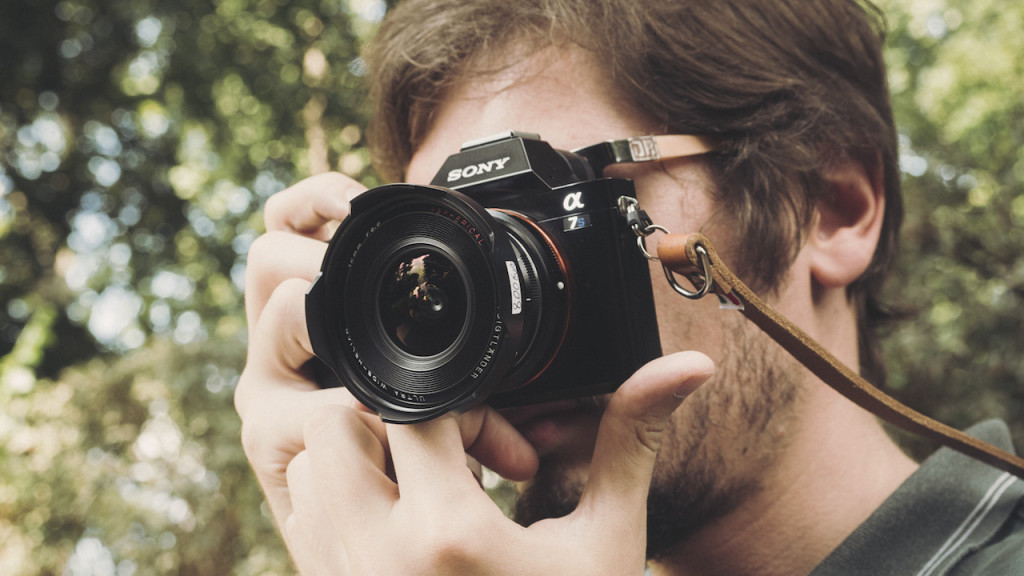Now this is news that we can easily put into the “unexpected ” category. The Chinese brand Techart is working on the world’s first M to E-Mount adapter with autofocus capabilities. Long story short, it will give you the possibility to use AF with any Leica and third party M-mount lenses. As we know, M lenses are manual focus, so how will this adapter work? Well, simply put it moves the lens back and forth on the Z axis (for a total range of 4.5mm) and changes the flange focal distance to focus the image. The flange focal distance is what separates the mount from the sensor.
The truth is that this concept is not entirely new. It was introduced by Contax with the AX: a film SLR camera capable of moving the film plane inside. One of the benefits of this technology was the possibility to enable a macro mode that basically worked like an extension tube and could go beyond the 1:1 ratio. Kyocera also made an adapter to give autofocus to Hasselblad V-series lenses. Sonyalpharumors also shared a Sony patent for a Z-shift sensor mechanism last year and an earlier rumour about a possible Sony camera with similar technology.
Back to the Techart adapter. Below is the information known so far (which is courtesy of Sonyalpharumors). Note that this information was translated from a Chinese forum when the news was first published.
- It works with all Sony cameras but seems to be more reliable on the A7 mark II and A7r mark II (I assume because of phase detection)
- If a lens is heavier than 300g, you will need to hold it underneath so I assume that the adapter’s motor isn’t strong enough for heavier lenses. Some Leica M lenses are very heavy so this could somehow be a limit.
- There seems to be a way to have exif data by pre-loading settings into the adapter
- It will work in Continuous AF as well and could have macro capabilities
- Techart is working on Contax CY and Leica R adapters with the same AF benefit
Of course until we can see some concrete reviews, it is hard to guess how the adapter will perform and how fast and reliable it will be. Below you can watch a video that shows how the adapter works. There is no sound and a “B&W film effect” has been applied to the video, probably to make obscure details since it is a prototype. You can clearly see however how the lens moves back and forth.

